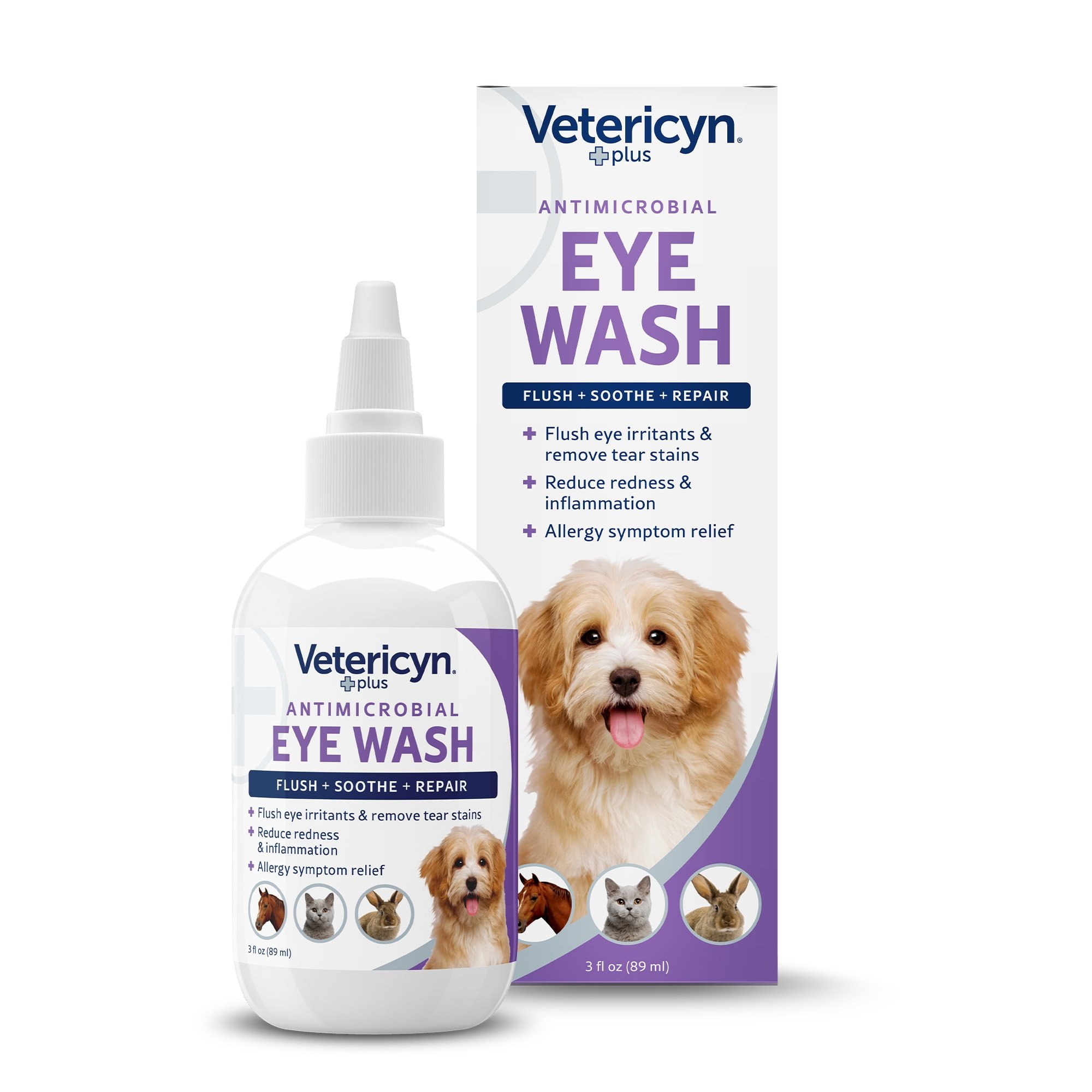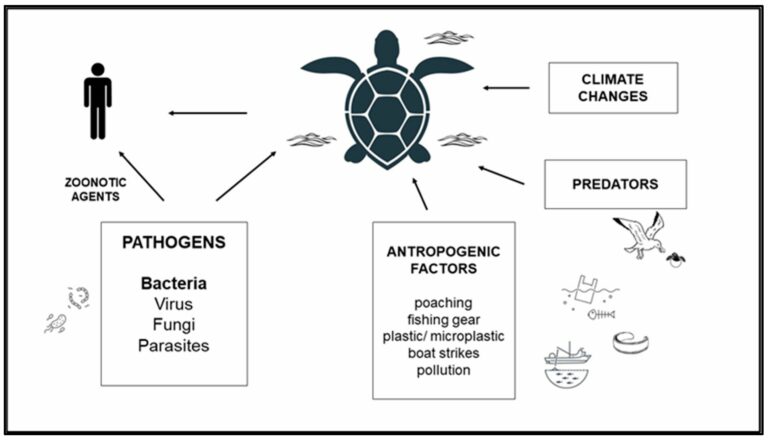Treating Turtle Eye Infections Caused By Tank Water Irritants
Today we discuss Turtle Eye Infections Caused By Tank Water Irritants. Turtle eye infections caused by irritants in the tank water can be a common problem among pet owners. However, there are effective ways to treat and alleviate this issue.
So, how do you treat turtle eye infections caused by irritants in the tank water? In this blog article, we will explore some simple yet practical solutions to help your beloved reptile friend regain clear and healthy eyes. Let’s dive right in and discover the remedies that can bring comfort and relief to your turtle!
How do you treat turtle eye infections caused by irritants in the tank water?
Turtle eye infections are common for owners, particularly if the tank water has irritants that can cause inflammation.
Luckily, there are effective treatments available to alleviate these infections and promote your turtle’s well-being.
In this article, we will discuss methods for treating turtle eye infections caused by tank water irritants.
Section 1: Understanding turtle eye infections
To treat turtle eye infections, it’s crucial to first grasp their causes and identification. These infections often stem from irritants in the tank water, like bacteria, ammonia, or foreign particles. Such irritants can cause redness, swelling, discharge, and even ulcers or cloudy eyes in turtles.
Identifying symptoms of turtle eye infections:
To effectively treat turtle eye infections, it’s crucial to identify the symptoms early on. Here are some common signs that your turtle may have an eye infection:
1. Redness or swelling around the eyes
2. Discharge or crusty substance in and around the eyes
3. Cloudiness or haziness in the eyes
4. Excessive blinking or rubbing of the eyes
If you notice any of these symptoms, it’s important to take prompt action to prevent further complications.
Section 2: Maintaining water quality
Maintaining proper water quality in the tank is essential for preventing and treating turtle eye infections. Poor water quality can cause irritants to build up, leading to eye infections. Here are steps to ensure optimal water quality:
Regular water changes:
Regularly changing the water in your turtle’s tank is crucial for maintaining water quality. Aim to change 25-50% of the water every two weeks to eliminate bacteria, ammonia, and other irritants.
Filtration system:
Investing in a reliable filtration system is another crucial step in ensuring clean water for your turtle. A reliable filtration system can effectively remove impurities and maintain a healthy tank environment.
Section 3: Treating turtle eye infections:
Now that we’ve covered the preventive measures, let’s explore the various methods for treating turtle eye infections caused by irritants in tank water.
Saltwater baths
A saltwater bath can help soothe and clean the infected eyes of a turtle. Dissolve aquarium salt or sea salt in lukewarm water, making sure the solution is mild enough for the turtle’s skin.
Carefully place the turtle in the bath for approximately 10 minutes, allowing the saltwater to reach its eyes. Repeat this procedure daily or as advised by a veterinarian.
Eye drops or antibiotic ointments
In more severe cases, your veterinarian may prescribe specific eye drops or antibiotic ointments to directly treat the infection.
These medications are usually applied by gently opening the turtle’s eyes and administering the prescribed dosage.
It is essential to carefully follow the veterinarian’s instructions and complete the full course of treatment.
Improving tank conditions
Addressing the underlying cause of the eye infection is crucial for long-term relief. Make sure that the tank water is clean, properly filtered, and maintained at the appropriate temperature levels for your turtle’s species.
Regularly monitor the water parameters, such as pH and ammonia levels, and make necessary adjustments to create a healthier environment.
Section 4: Preventing future eye infections
While treating turtle eye infections is essential, taking preventive measures can help minimize the risk of future infections. Consider the following suggestions to keep your turtle’s eyes healthy:
Regular tank maintenance:
Maintaining a clean tank environment is crucial to prevent eye infections. Regularly cleaning the tank, removing any debris, and performing consistent water quality checks will minimize the chances of irritants accumulating and causing infections.
Feeding habits:
Proper nutrition is important for maintaining a turtle’s overall health, including the health of their eyes.
Make sure that your turtle’s diet consists of a balanced combination of commercial turtle pellets, fresh vegetables, and occasional live or frozen food.
A healthy diet can strengthen their immune system and aid in the prevention of infections.
Quarantine new turtles
When introducing a new turtle to your existing tank, it is important to initially quarantine them. This precautionary measure allows you to observe the new turtle for any signs of illness or infection before introducing it to your other turtles. This step can help prevent the spread of potential infections.
Section 5: Seeking professional advice
Remember, while home remedies and preventive measures are helpful, it is always recommended to seek professional veterinary advice when dealing with turtle eye infections.
A qualified veterinarian can provide an accurate diagnosis, prescribe appropriate medication, and guide you on specific treatment procedures for your turtle.
Turtle eye infections from tank water irritants can be distressing for both the turtle and the owner. To help, understand symptoms, maintain water quality, and treat appropriately. Consult a vet for accurate diagnosis and guidance. With care and intervention, ensure your turtle’s eyes stay healthy and vibrant!
How to treat turtle swollen eyes | 3 easy tips|Indian turtle aquarium | Indian aqua boy
Faqs for Turtle Eye Infections Caused By Tank Water Irritants:
The first step is to clean the tank water and ensure optimal water conditions for your turtle’s well-being. Regular water changes and filtration can help minimize the irritants and pollutants that can cause eye infections.
Yes, it is advisable to isolate the infected turtle from other tank mates to prevent the spread of infection. Use a separate tank or container until the treatment is complete and the infection has resolved.
No, it is not recommended to use over-the-counter eye drops meant for humans or other animals on turtles. The use of improper medications can further irritate the turtle’s eyes and potentially worsen the infection. It is best to consult a veterinarian experienced in reptile care.
A reptile veterinarian may prescribe antibiotic eye drops or ointments specifically formulated for turtles. These medications can help eliminate the infection and promote healing. Follow the veterinarian’s instructions carefully and complete the full course of treatment.
While it is always best to consult a veterinarian, there are a few home remedies that may provide temporary relief to your turtle’s irritated eyes. A saline solution made with sterile water and non-iodized salt can flush the eyes gently. However, these remedies should not replace proper veterinary care.
The healing time for a turtle eye infection can vary depending on the severity and response to treatment. With proper care and treatment, mild infections may improve within a week or two. However, more severe infections may require a longer healing period.
Preventing turtle eye infections involves maintaining a clean and well-maintained tank environment. Regular water changes, proper filtration, and avoiding the use of harsh chemicals or irritants in the tank can help prevent eye infections. Providing a balanced diet that promotes good overall health can also aid in preventing infections.
Final Thoughts
To treat turtle eye infections caused by tank water irritants, follow these steps: keep the tank clean and well-filtered, change the water regularly, and use a water conditioner. If an infection occurs, seek veterinary help for diagnosis and treatment. By addressing the root cause and acting promptly, you can effectively treat and prevent these infections.


